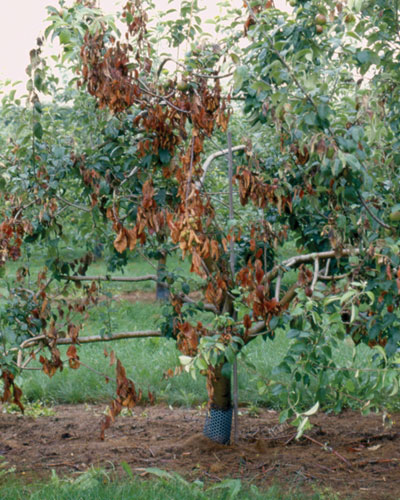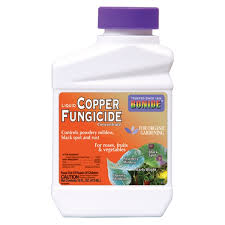The fall and winter season provides an opportunity to control pests and disease in the garden. Fire Blight is a bacterial disease that affects certain species in the rose family, especially apples, crabapples and pears. Applying Bonide Copper Fungicide while the trees are dormant is one method of control. Copper sprays are toxic to many species of bacteria and should be applied prior to bud break while trees are still in dormancy because they may damage leaves and young fruit.

Control the overwintering stages of many insects on trees and shrubs with All Season’s Spray Oil. Be sure that the air temperature is above 35 degrees F and do not apply if plant tissues are wet or rain is likely. The oil will smother overwintering aphids, spider mites, eriophyde mites, scale and their eggs and larvae.


If you had problems with powdery mildew or other fungal leaf spotting on lilacs, aspen and maples, be sure to clean up any leaf debris and dispose of it. Clean up of affected leaves is one of the most effective controls of powdery mildew. It is best to avoid overhead watering of the affected plants during the growing season if possible.
Most pests and disease problems result from stress to plants. In Colorado our greatest stress factor for plants is drought. Remember to continue watering plants in your landscape through the winter when temperatures are above normal and precipitation is below normal. Water mid-day when temperatures are in the 40 to 50 degree F range. During prolonged dry periods, water at 3 to 4 week intervals.